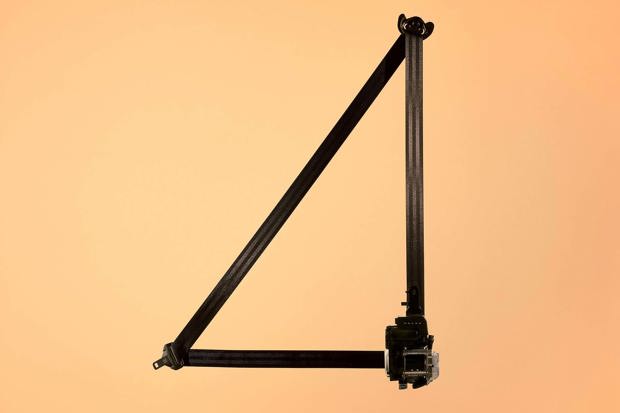Volvo reinvents seatbelt with the multi-adaptive safety belt

After inventing the seatbelt back in 1959, Volvo has now reinvented it by using an array of real-time data from a car’s sensors to personalise how it reacts in a crash.
The multi-adaptive safety belt is described as world-first technology that better protects people by adapting both to traffic variations and the person wearing it.
It uses data from both interior and exterior sensors to customise protection, adapting to an individual’s seating position, height, weight and even their body shape.
For example, says Volvo, a larger occupant in a serious crash will receive a higher belt load setting to reduce the risk of injury. Meanwhile, a smaller occupant in a milder crash will get a lower belt load to reduce the risk of rib fractures.
The number of seatbelt load-limiting profile variations, which manage the force applied to the belt during an accident, have been significantly increased. What’s more, over-the-air updates mean the multi-adaptive safety belt will improve further over time.
Volvo describes it "another milestone for automotive safety" that it hopes will prove to be a significant life-saver.
"This marks a major upgrade to the modern three-point safety belt," says head of Volvo Cars Safety Centre Asa Haglund.
The new multi-adaptive safety belt will debut in the new Volvo EX60, due to be launched in 2026.
The technology draws from Volvo’s database of over 80,000 occupants in real-life accidents. This has given Volvo "unique safety knowledge capturing the complexity of the real world."
By using exterior, interior and crash sensors, the new seatbelt is able to analyse the unique characteristics of each crash, such as direction and speed as well as passenger posture, then apply the most appropriate setting for the seatbelt.
Because it can be updated over-the-air, the technology will also improve further as Volvo gathers more data and insights.

